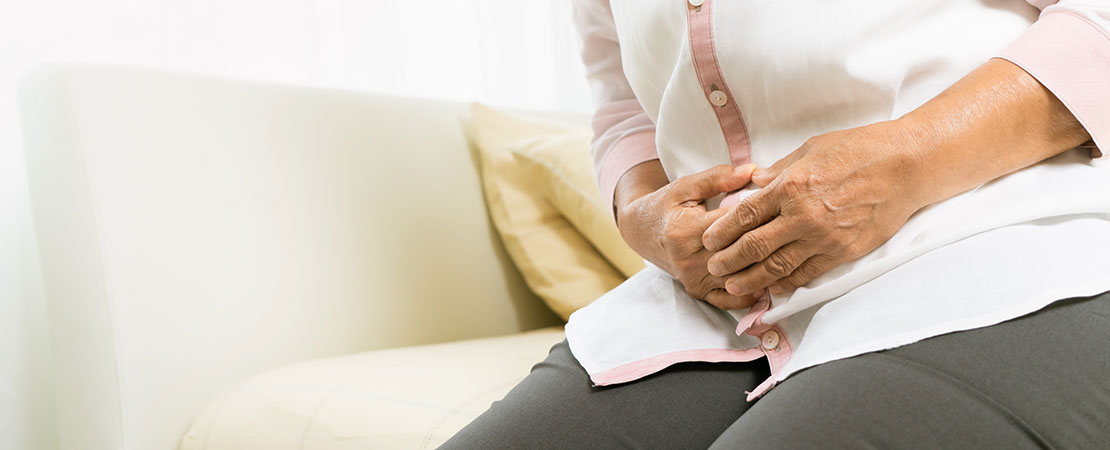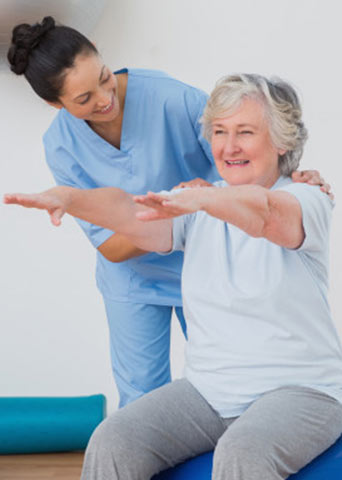Ostomy Care

Ostomy and Continence Care is Important to Your Recovery
Bowes In Home Care provides expert assessment, education and care, resulting in fewer complications and re-hospitalizations. Our healthcare team works with the most advanced products and supplies available to provide the best care possible.
The goals of the Ostomy and Continence at Home:
Provide high-quality care in your home
Provide early interventions to prevent hospital readmissions
Educate you and your caregiver in the management of ostomy and continence
Improve your quality of life
Work collaboratively with your physician and our hospital partners to improve your health.
Ongoing incontinence management care includes:
Assessments to identify contributing factors and the type of incontinence
Recommendations to correct the problem — bladder training programs, scheduled voiding, dietary and fluid recommendations, pelvic muscle exercises and/or catheterizations
Recommendations of appropriate containment devices, absorptive products and skin care.
Ongoing ostomy care includes:
In-home postoperative management to include selection of appropriate pouching system and instruction in self care
Assessment and management of peristomal and stomal complications with referrals for surgical intervention when appropriate.
Training you and/or your caregiver in managing the site and required equipment
Referral to support groups.
Facts about Incontinence and Ostomy
Urinary incontinence is a common condition in men and women of all ages. There are two main types — stress incontinence, which can cause leakage when you cough, sneeze, laugh or lift something heavy, and urge incontinence, which is a sudden, strong urge to urinate.
An ostomy is a surgically created opening in the body for the discharge of waste. In North America alone there are about 70,000 ostomy surgeries performed every year. Colostomies, ileostomies and urostomies are performed on people of all ages for a wide variety of causes.

